QuestionI was wondering if there were any tips you could give me on changing from shod to barefoot. I have a 15.3hh welsh cob gelding who has quite good hoof quality but has always been hotshod (as far as I know, I only bought him recently). He is ridden on roads regularly and does mostly hacking down quiet country lanes, some which are rocky, but he does get schooled twice a week in a manege which is floored with sand and rubber. Are there any hoof oils which work well for a horse which are going to change? One of the reasons I would like to change is that it is cheaper from the farrier, and I am working towards a steel-less horse! (no bit, no tree, no shoes)I feel this is kinder for him, but if he doesn't take well to going barefoot I will have him shod. Bear in mind I live in the UK, and where I am the weather goes from very hot to very wet to very cold very quickly!
AnswerHi there Abi! Thank you for your question! :)
A couple of things come to mind ... the primary one would be to see that your horse gets plenty of movement on firm, level, dry ground. Tarred road is the best right now ... handwalking 10 mins. a day or so will toughen his hooves right up. The one instance where you don't want to do this is when your horse has had wet hooves for extended periods of time. If its been very wet out, the hooves will be soft and the soles will be tender. Just think of soaking your own feet then walking out barefoot on gravel. Not comfortable! But if the hooves are dry then walking daily on a tarred road will greatly reduce the transitioning time.
Less is more ... that is, little bits at a time for trimming up those hooves. I would recommend strongly that the soles NOT BE TOUCHED! Allow the soles to thicken up and callous. Whomever is doing the trimming can bevel the walls of the hooves at a 45* angle, bring the heels back and level them, make sure the toes are back so that from the toe callous of the hoof (draw an imaginary line from about the 10 oclock position across the hoof bottom to the 2 oclock position and this would be the toe callous area) to the widest part of the hoof (just about an inch behind the apex) is just 1/3rd the distance from the toe to the heel. You want the caudal (rear) 2/3rds of the hoof to be the major weight bearing and you want the hoof to land heel first. For good balance and levelness guidelines please go to http://www.barefoottrim.com and click on the article on BALANCE listed on the left of the page. Also, take a look at the 'STANDARD' link there and compare your horse's hooves with those posted. Those are some good, balanced and healthy hooves. Your horse's hooves should look very similar.
The diet for your horse should be as sugar-free as possible and low carb and high fat. Free choice hay should be the base while the grain, if any given, is the supplement. A good organic vitamin, trace mineral free choice and perhaps some good immune boosting herbs will help the hooves grow in health from the "inside out". Too much sugar (and carbs) will wreak havoc with hooves as well as with the metabolic system of the horse.
Movement ... and more movement!!! Ride your horse and if he is tender, get some boots. G2s and Epics are both excellent boots that withstand rigorous riding well. The more movement, though, the healthier the hooves and quicker the transition time. So, boot your horse and go RIDING! *grin*
I'd stay OFF gravel for a few months to give the soles time to callous. Usually, if there is initial tenderness and given that the trim is correct for your individual horse and hoof, somewhere around the 4 month marker you'll notice a remarkable difference in the comfort of your horse. If, at that time, your horse is still tender and sore then I would take a harder look at the trim as well as the diet of the horse and see where there might be changes needed.
For topical applications to help toughen the sole there are a few good products out there that are specifically for this. Or, simple Iodine painted on the bottom of the hooves will help. Keep the iodine off the soft tissue like the frog and apply only to the soles.
Kudos to you for wanting to go back to a more "natural" state for your horse. In my experience the more 'natural' the horse the happier the horse.
Hope this has been helpful to you.
Oh, and please remember ... if your horse does not live on the same type of terrain upon which you ride (i.e. lives on soft pasture but you ride on rocky trails) your horse's hooves won't have the opportunity to condition to the riding terrain. Again, I would recommend that BOOTS be worn for riding in this situation.
Good luck!
:) -- Gwen

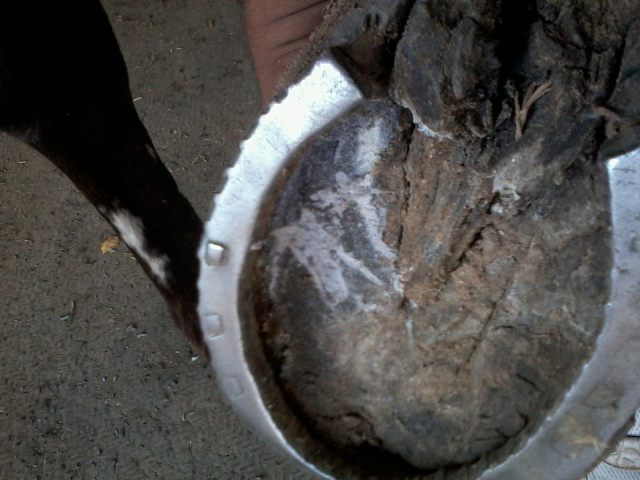 horrible hooves
Question
left fore right fore
hello sir.
horrible hooves
Question
left fore right fore
hello sir.
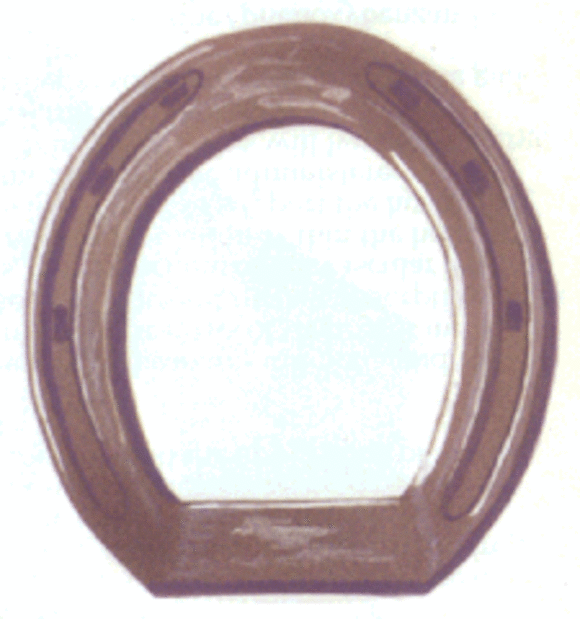 eggbar shoes on horses
Question
bar shoe
hello sir, when can i use egg
eggbar shoes on horses
Question
bar shoe
hello sir, when can i use egg
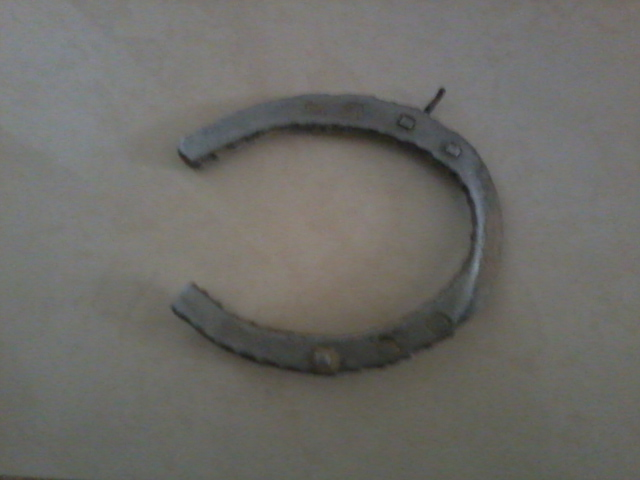 toe bent shoe
Question
toe bent toe bent.
hello sir. thi
toe bent shoe
Question
toe bent toe bent.
hello sir. thi
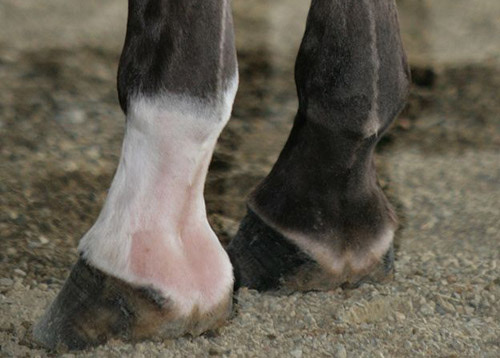 white legged horses - cracked heels
Question
white legged
hello, may i know why whit
white legged horses - cracked heels
Question
white legged
hello, may i know why whit
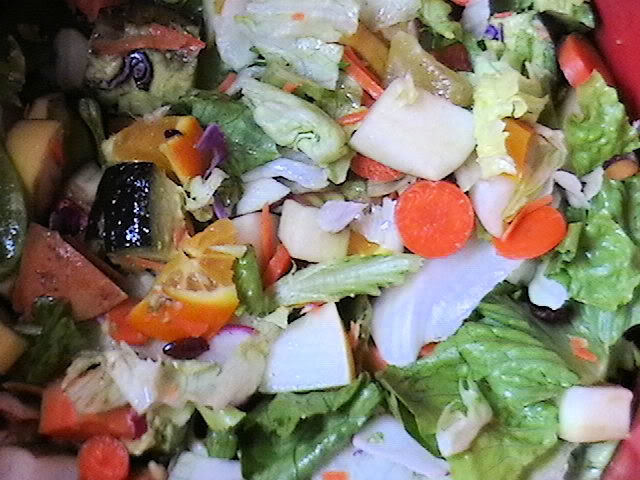 Donkey protein diet
QuestionHello, I read the article on the WLD and your r
Donkey protein diet
QuestionHello, I read the article on the WLD and your r